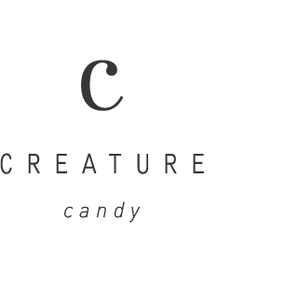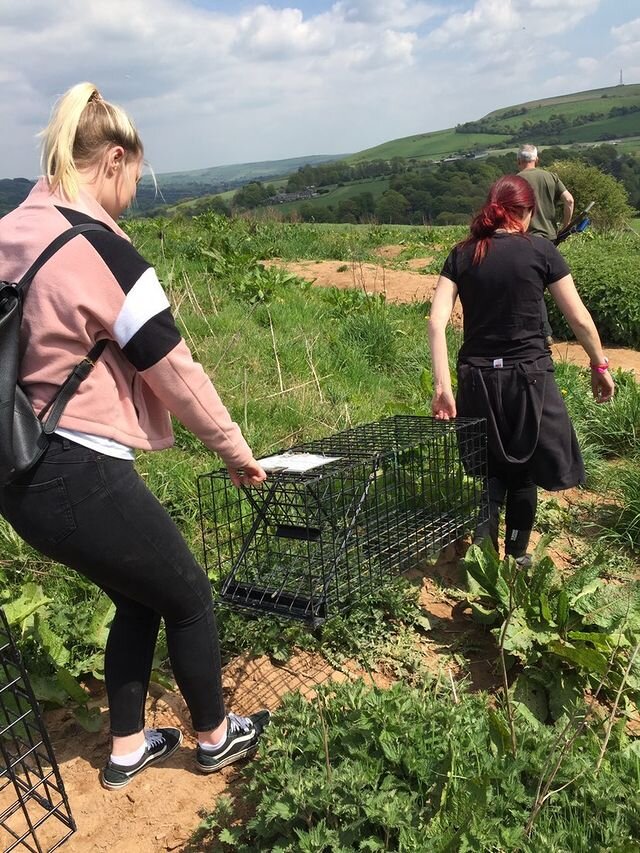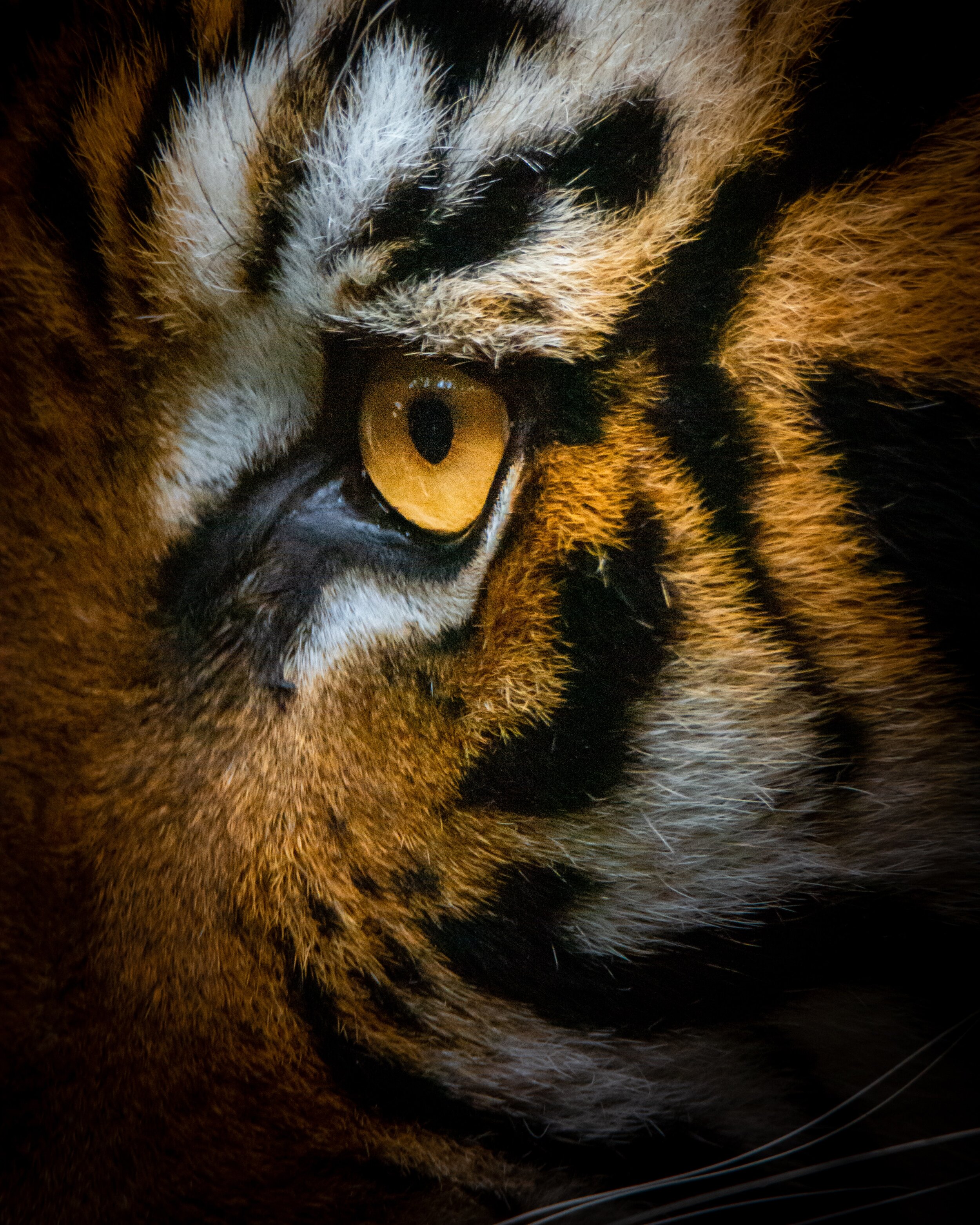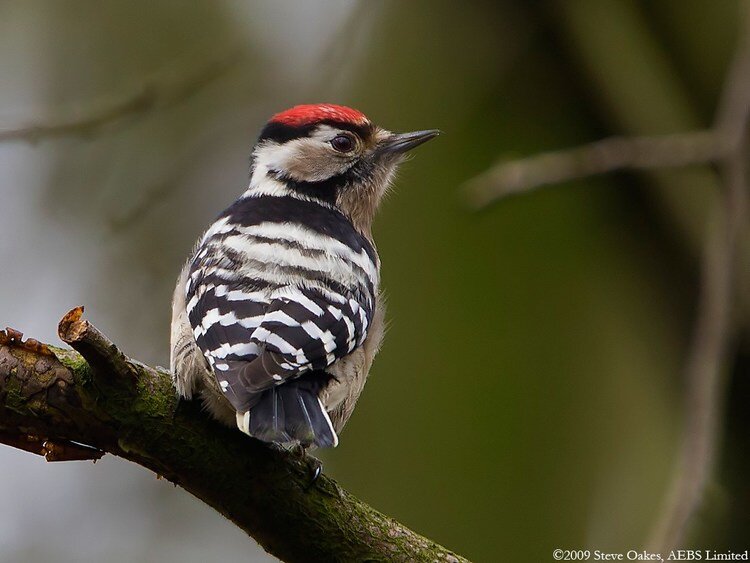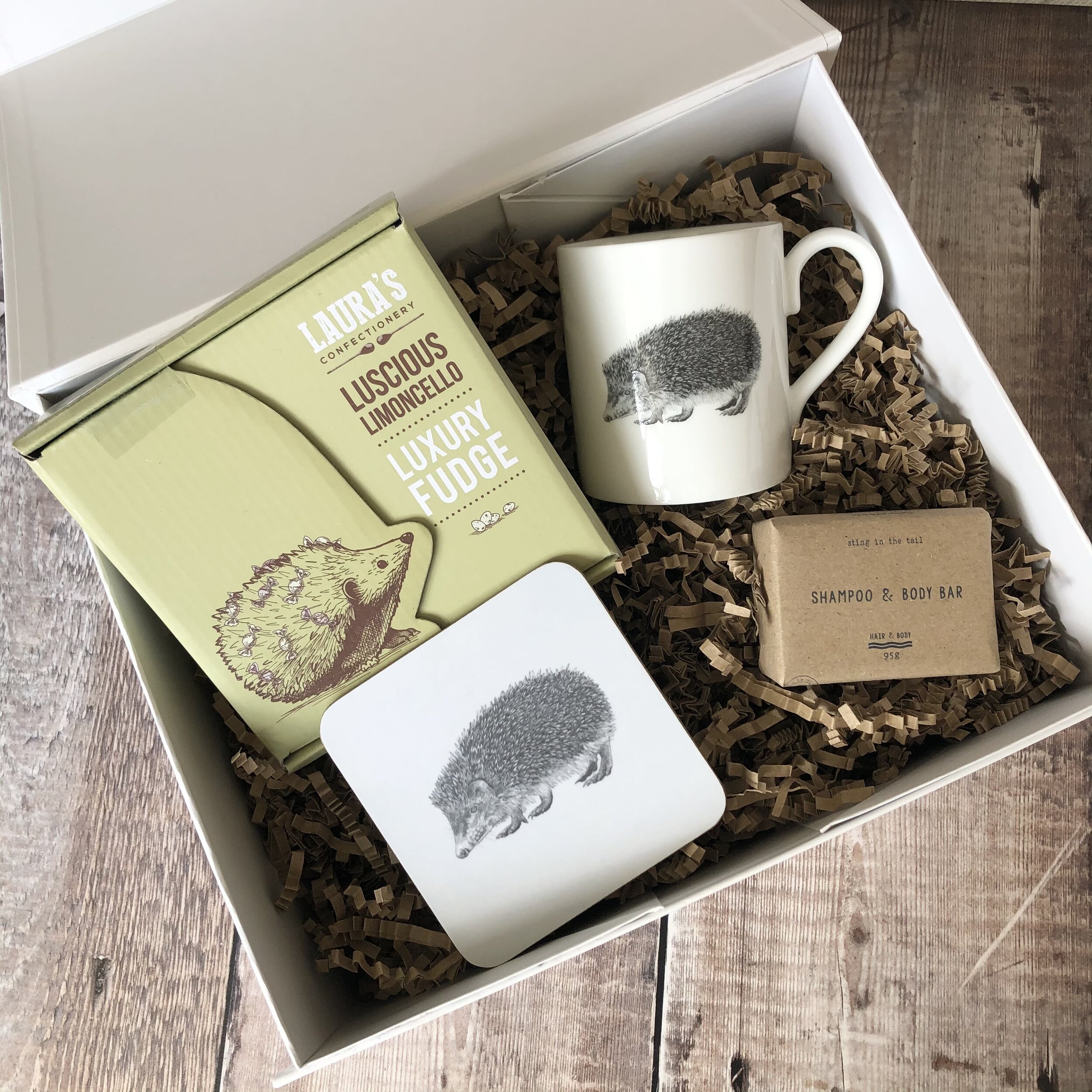Iconic mustelids of the UK countryside, badgers are highly sociable and playful creatures. These days, they’re most often in the press due to debates about culling and vaccination to prevent the spread of bovine TB.
Today (October 6th) marks National Badger Day, and we are eager to celebrate the beauty and resilience of Britain’s largest land predator, and want to spread some positivity about the species.
Below we have information and pictures shared with us by Chloe Warren: fellow badger lover, zoology graduate and badger vaccination volunteer.
European badgers (Meles meles) are my favourite animal due to their elusive nocturnal behaviour. They are UKs largest land predators and eat a few hundred earthworms over night!
Badgers live underground in series of tunnels and chambers called a sett. They have long claws on their front paws making them excellent diggers.
Badgers are often given the blame for the spread of bovine tuberculosis (bTB) to cattle, and there and a large number of government cull zones.
I have volunteered with the badger vaccination scheme in the local area to my university and was involved with setting the humane traps and baiting the area with peanuts (a particular favourite of theirs). When baiting, a small hole is dug and filled with peanuts and a large stone is placed over the top. The stone is used to prevent other mammals such as mice or foxes from taking the peanuts, as only a badger with their powerful arms will be able to flip the stone.
Badgers are (to my knowledge) the only UK mammal to have hinged jaw bones meaning that their mandibles stay connected to the maxilla unlike a humans or a foxes that will separate. Another key identification feature is a large saggital crest.
Badgers have very distinctive paw prints. They have 5 toes on each foot and a large kidney bean shaped central pad.
Here are Creature Candy, we adore badgers and support their conservation with our badger range (below), which raises funds for Mammal Society.
Do you have badgers where you are? Have you had any close encounters? Let us know!
Take a look at our badger range
Supporting Mammal Society.
